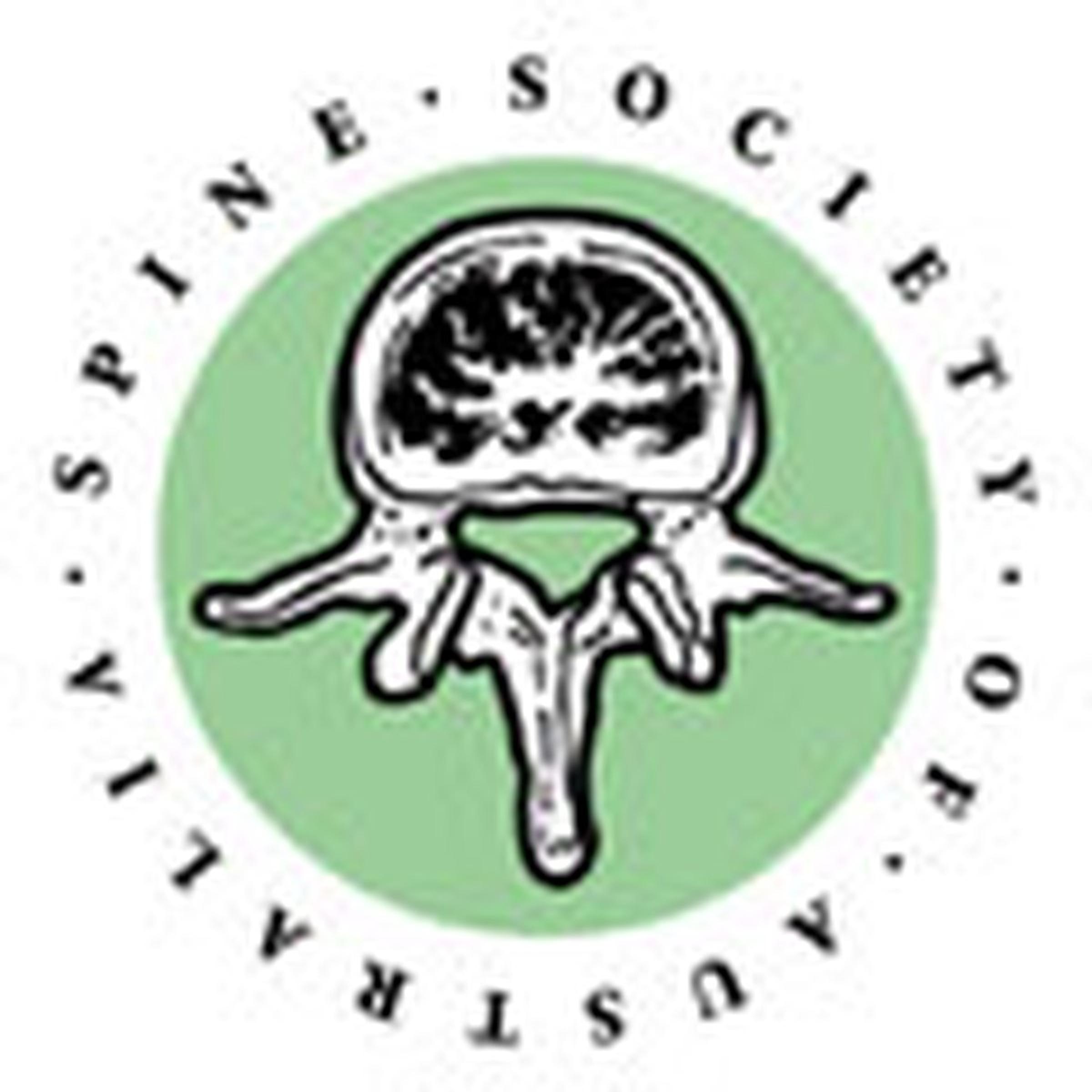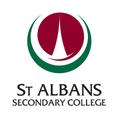Health & Wellbeing News

Free English Classes
The Wellbeing team and Jesuit Social Services will be running free English classes for parents at St Albans Secondary College from Thursday 20 August. Sessions will run from 12pm until 3pm each Thursday during Terms 3 & 4 of 2015.
If you would like to be involved, please contact Nicole in the Wellbeing team on 9366 2555.
HOW DO YOU DETECT SCOLIOSIS?
Simply look for it!
It only takes 30 seconds
WHAT IS SCOLIOSIS?
Scoliosis is a lateral or sideways curve of the spine.
The spine also rotates on its long axis as it curves.
It usually develops during early adolescence (age
10-13 years) when growth is most rapid.
WHAT IS THE CAUSE OF SCOLIOSIS?
The cause is unknown, but 80-90% of cases occur
in otherwise healthy adolescents. This is called
idiopathic (cause unknown) scoliosis. We know that scoliosis is NOT contagious and NOT caused by bad posture, a soft mattress, carrying a heavy school bag or junk food.
WHY IS EARLY DETECTION IMPORTANT?
While very small curves are common and of no
significance, about 2% of girls have a curve which
warrants medical observation during the growth
period. Three girls per 1,000 will require treatment
during the growth phase. If treatment is required,
the earlier it is undertaken, the better the long-term result. This is the basis for screening since in the early stages scoliosis produces no symptoms. The way to detect scoliosis is to look for it!
WHY THIS INFORMATION HAS BEEN PRODUCED
This information is designed to make parents of
schoolgirls aware of the outward signs of scoliosis.
From time to time all government and non government schools in Australia will be asked to
download this brochure from www.scoliosisaustralia.org.
If after reading this brochure you or your parents think you may have this condition, please consult your family doctor.
HOW SCOLIOSIS IS DETECTED
Apart from the outward signs with a teenager standing as illustrated, the reliable Forward Bend Test is used in the diagnosis of scoliosis. This simple visual examination requires the teenager to stand with the feet together and parallel and bending forward as far as she can go with the hands, palms facing each other, pointed between the two big toes. In scoliosis, one side of the upper chest (thoracic) region or the lower back (lumbar) region will be more than 1cm higher than the other. The prominence is most often on the
right side in the thoracic region. If the difference
between the two sides is less than 1cm, it is highly
unlikely that a significant curvature is present and the difference is simply due to asymmetrical growth of the two sides of the body. This is called torso asymmetry and is of no significance.
WHAT ABOUT BROTHERS AND SISTERS?
Scoliosis tends to run in families. When a curve is
detected in one member of the family, other
children should also be examined by the family
doctor. If there is a history of a blood relative,
especially a female cousin, having been treated for
scoliosis by brace wearing or surgery, then this
strengthens the case for spinal examination as a
regular health check between 10 and 13 years of
age.
Scoliosis which requires treatment is far less
common in boys than in girls. The ratio of boys to
girls requiring treatment is about 1 to 10.
IS TREATMENT SUCCESSFUL?
Yes, modern methods produce excellent results
when a curve is detected early. In most cases an
inconspicuous spinal brace is worn. Surgery is
needed in only one out of three cases which require
treatment.
There is no scientific evidence that physical therapy (exercise programs) and spinal manipulation (chiropractic adjustments) will either correct a scoliosis or halt its progression.
WHAT WILL HAPPEN IF SCOLIOSIS IS NOT
TREATED?
The curve may increase unnoticed during the
growing years. Moderate and severe curves may
also increase in adult life. Some curves may
increase with pregnancy. Severe pain, physical
deformity and wear and tear arthritis may occur
during middle life. Early detection is important for
a healthy future.
Visit our website www.scoliosis-australia.org
